Apr 04, 2025 by Matt Nichol
The wait is over – The Australian has released its 2025 list of the country’s richest 250 people.
So, who are Australia’s wealthiest manufacturers this year? Who’s climbed the ranks, and who’s fallen off since last year’s list? More importantly, what can we learn from these industry leaders?
Published annually by The Australian newspaper, Australia’s Richest 250 is the most extensive study of the wealthiest individuals in the country. The figures are calculated in mid-February, with the final list released in March.
Here are some key insights from the 2025 rankings:
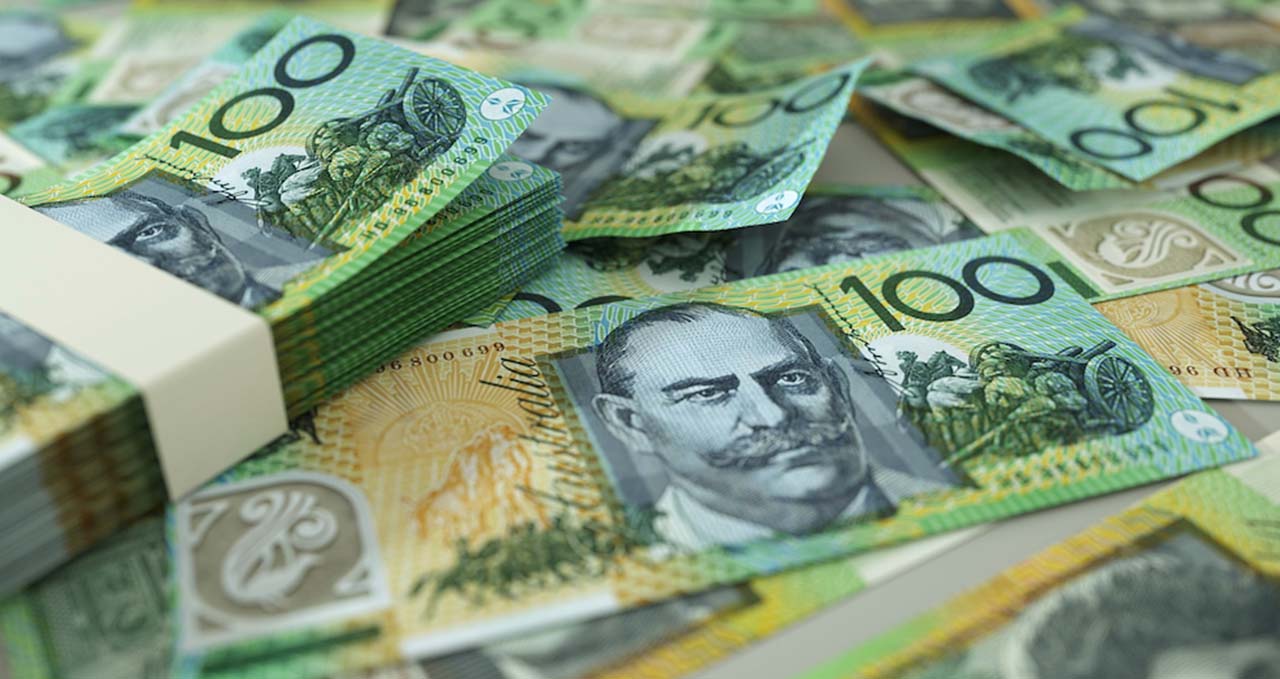
Many familiar names remain on the list, including Anthony Pratt and his family, who once again top the manufacturing category with a net worth of $28.57b.Meanwhile, some manufacturers have made their debut, such as Vikas Rambal of Perdaman, while others have dropped off.
Let’s take a closer look at some of Australia’s wealthiest manufacturing figures:
Anthony Pratt continues to expand his US-based Pratt Industries, which now generates more than half of the company’s $10b annual revenue.
The cardboard box-making and manufacturing magnate was the second-biggest individual donor to a prominent Trump-supporting super political action committee (PAC) before the US election. He has since secured a US green card, allowing him to live in the USA while maintaining Australian citizenship. Pratt has said he plans to invest $US4b in expansion during the Trump presidency.
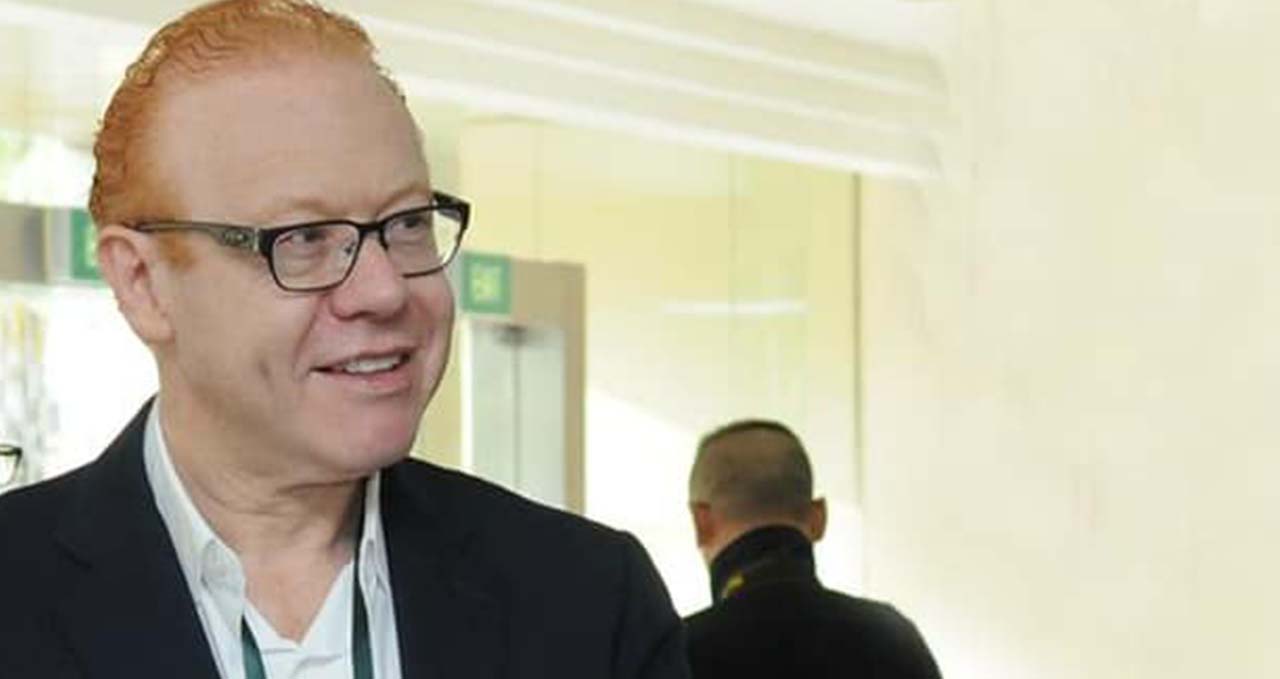
Image credit Anthony Pratt Foundation
New to The List in 2025, Vikas Rambal, founder and chairman of Perdaman, has been called “the Western Australian billionaire most people have never heard of”. A chemical engineer originally from India, he arrived in Australia at 32 years of age, drawn by his love of Holden cars and the idea of building a solar farm.
Perdaman is currently constructing a $6.4b fertiliser plant in WA’s Burrup Peninsula. Once fully operational in 2027, it will help replace 2.3 million tonnes of imported urea, a critical component in food production.
Manildra Group, founded in 1952, is a giant processor of wheat into flour, starch, gluten, sugars and ethanol products. The company traces its history back to 1952 when Dick Honan’s late father, Jack, bought a flour mill in the central west NSW town of Manildra.
As well as being a flour-manufacturing empire, the family company is Australia’s leading producer of ethanol. The company’s Shoalhaven Starches site is the largest grain-neutral spirits facility of its kind in South-East Asia, supplying Diageo brands including Smirnoff Red and Gordon’s Gin RTD’s with an alcohol base.
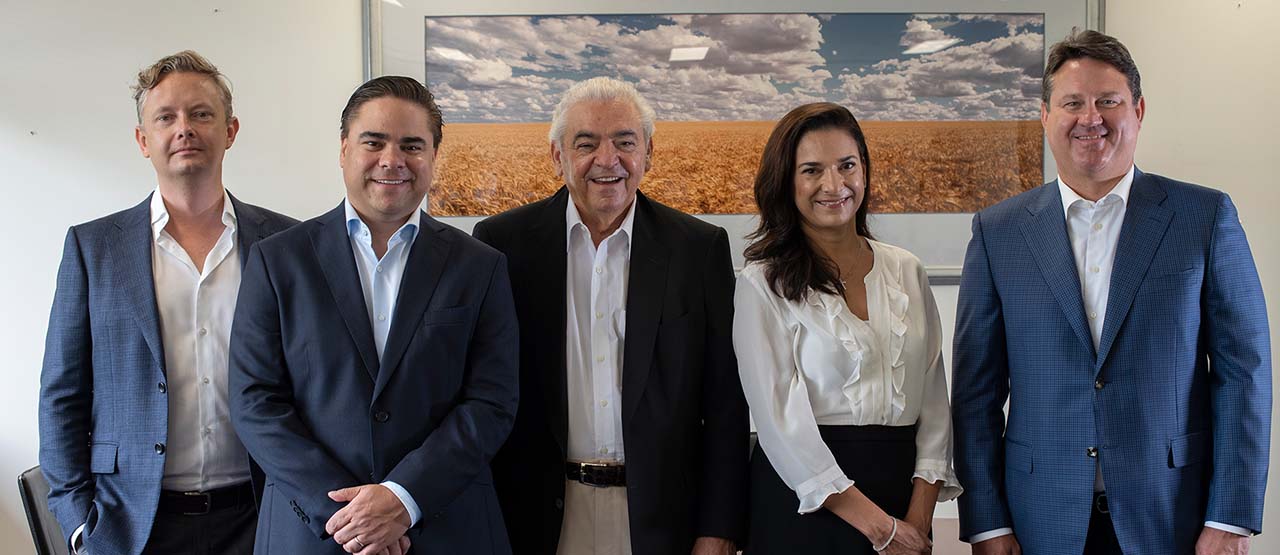
Dick Honan (centre). Image credit Manildra Group
Geminder has been involved in the packaging and recycling industries for over 30 years and founded the Pact Group 22 years ago. A leader in packaging and recycling, Geminder has spent years attempting to privatise Pact Group, facing resistance from investors. His private investment firm, Kin Group, owns several food brands, including Cobs, Green’s and Susan Day.
Pact Group is a major force in circular-economy initiatives. In August last year, Geminder spoke out on the challenges that packaging recyclers are facing and called for the government to speed up the pace of legislative change. The company’s leadership in circularity was demonstrated with its launch of AgriG8, Australia’s first recycled plastic agricultural chemical container, which will play a key role in the new circular Drums-to-Drums initiative. The company also teamed up with Hilton Foods, Woolworths Group and Cleanaway Waste Management to create a circular solution for meat trays and fruit and vegetable punnets made from polyethylene terephthalate (PET).
The Dyer family makes its debut in 2025. It is the name behind one of Australia’s best-known bedding brands, Sealy. With roots dating back to 1923 in Brisbane, the company was licensed by the American parent company to manufacture the Sealy brand in the 1960s. Since then, the Sealy family has expanded the business to the Asia-Pacific region, which covers Australia, Asia-Pacific and Britain.
The company constantly innovates and has a 2,500 sq m R&D facility in Brisbane, where it collaborates extensively with QUT’s Biomechanics and Spine Research Group. For example, one of the recent breakthroughs involves spinal alignment mannequins, which are designed to move just like a human body does and measure the support offered by different mattresses.
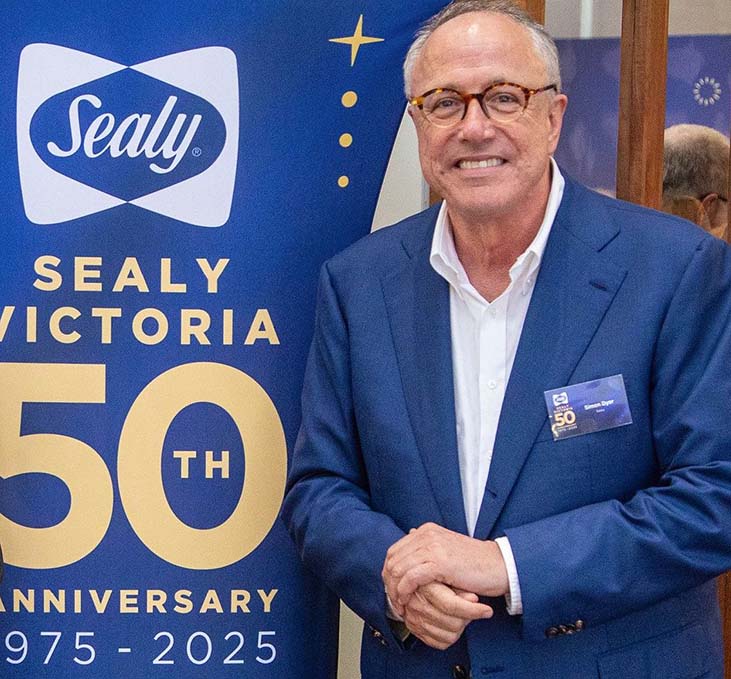
Simon Dyer. Image credit Sealy of Australia
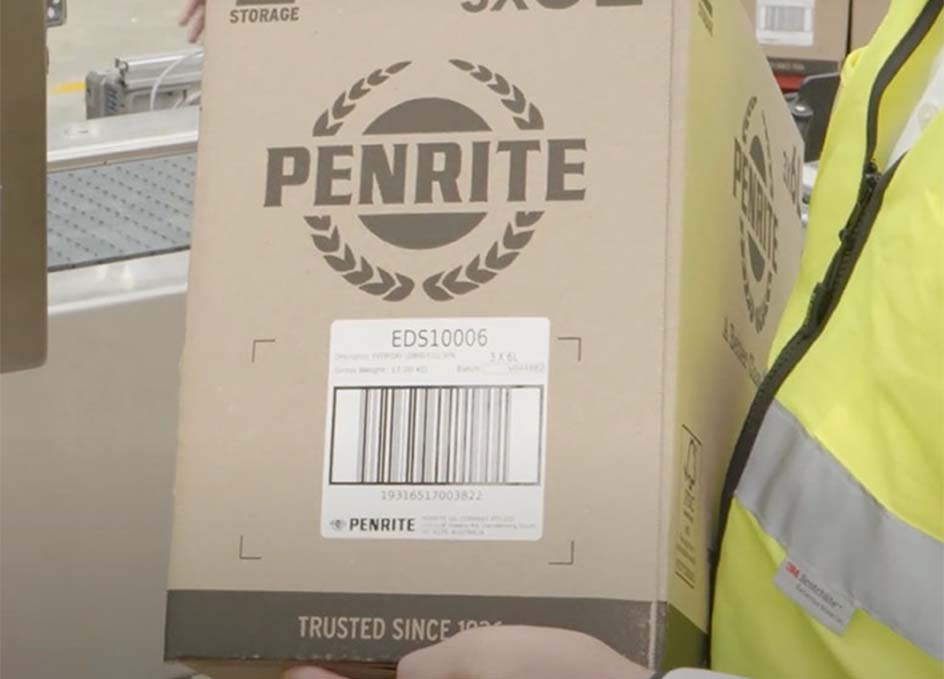
With Australia’s manufacturing industry evolving, these billionaires offer a glimpse into the sector’s future opportunities and challenges.
Who will rise and fall in 2026? Only time will tell.